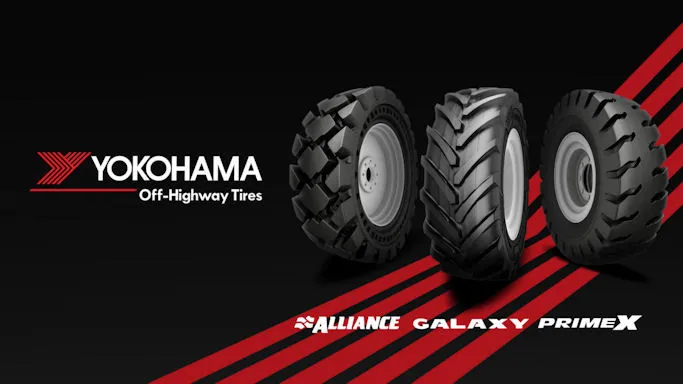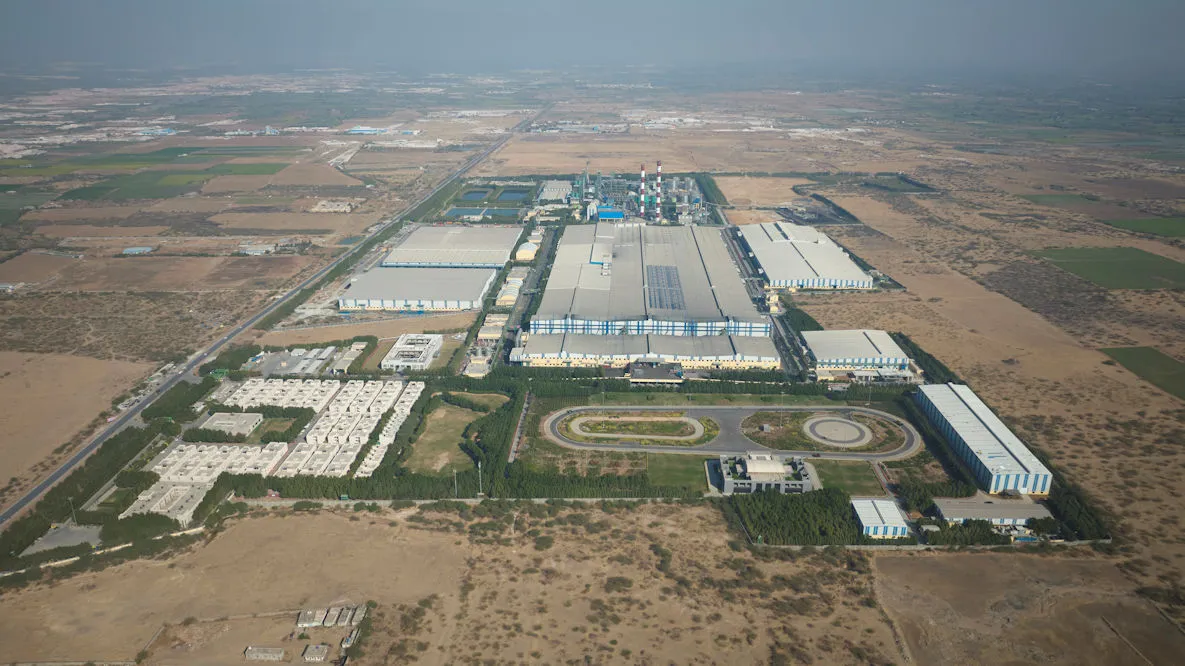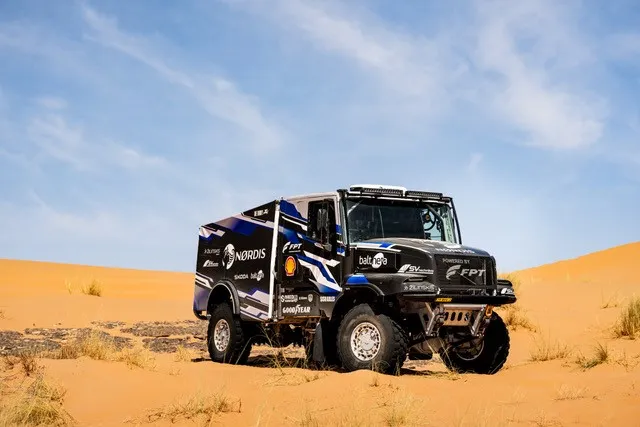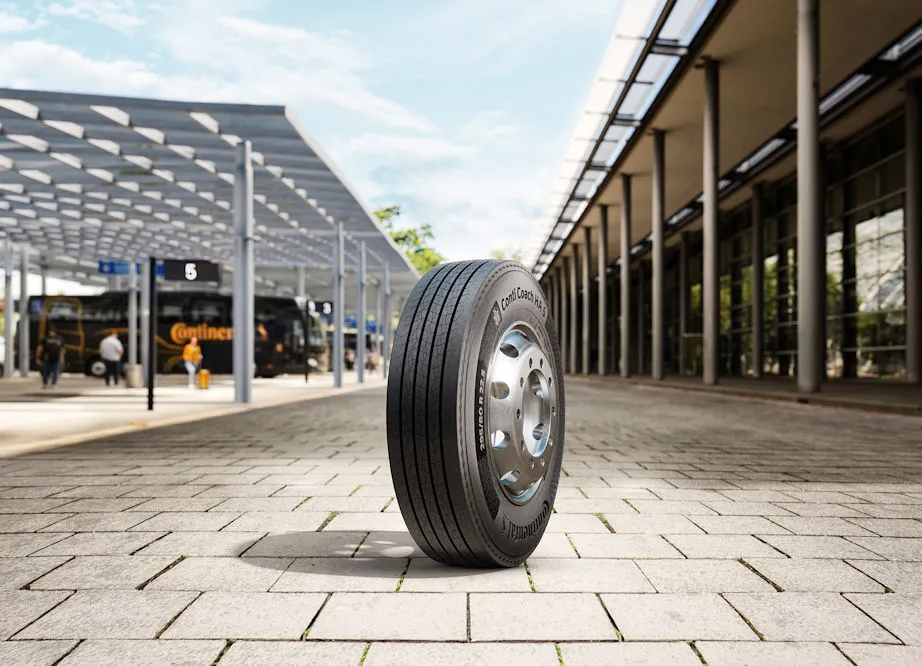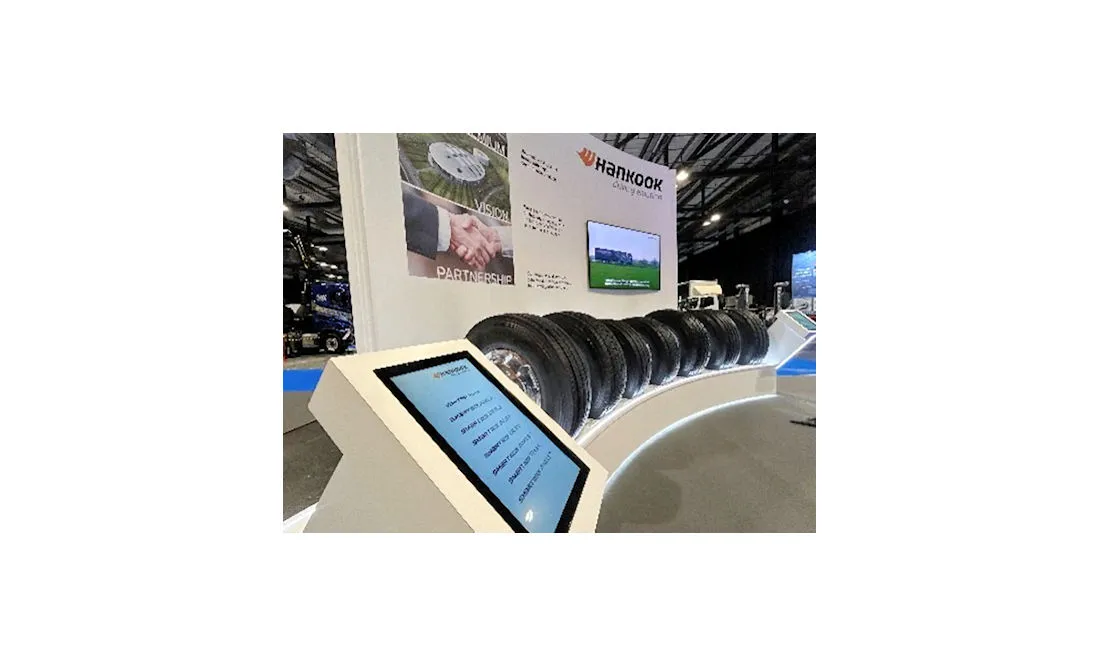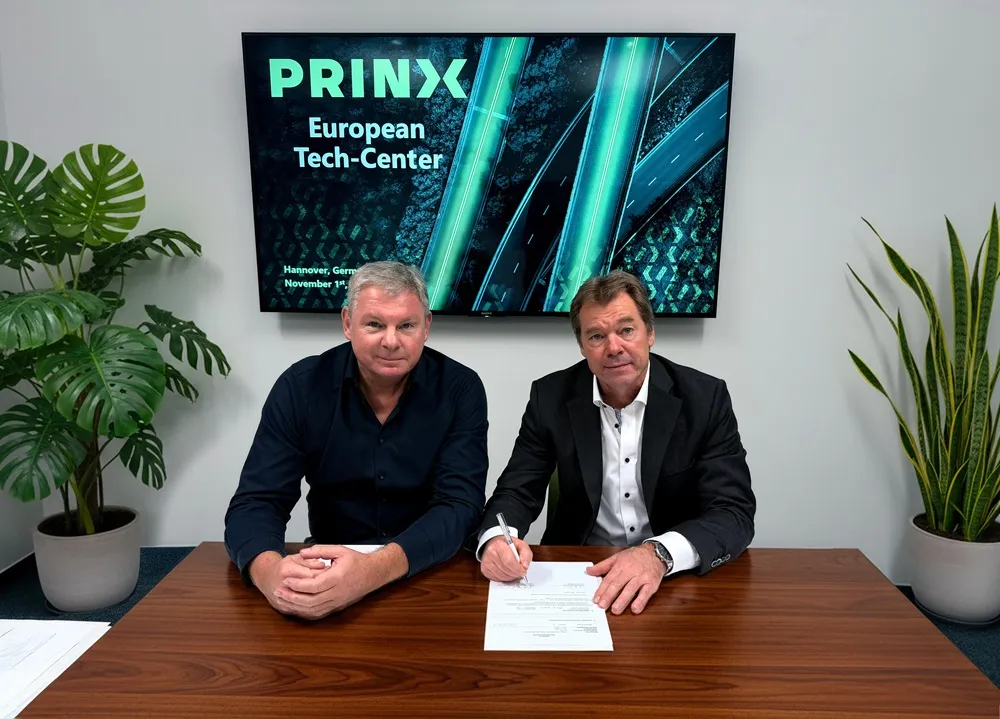We asked Yokohama-ATG to advise on what features operators should be looking for in their OTR tyres and why those features are key to the decision-making process
Making the right OTR decision with Yokohama OHT

“Firstly, special application-based compounds provide excellent operational characteristics for different surfaces, such as surface mines, underground mines, and port applications,” says Dhanraj Suryavanshi – Product Manager (Earthmover Mining & Port). “These various compound characteristics help customers choose the right product for the right application, ensuring excellent performance without premature failures. For example, in surface mines, operators should be aware of the mine’s TKPH (tons km per hour) rating, which helps them choose a suitable tyre for their application. Tyre TKPH values are published by manufacturers to aid in selecting the right products.
“Then, higher load-carrying capacity is mainly required for Loader and Earthmover applications, where the machine is used to lift, load, transport, and unload materials. This feature is also crucial for material handling applications, such as forklifts and port operations, where loading and unloading are major activities.
“Finally, higher/excellent stability with a stiff sidewall design is important. This design controls the deflection of tyres in heavily loaded applications, providing better control to the operator during operations.
“The key common point is tyre life without any premature failures, as downtime in these applications causes high operational losses.”
Getting the right OTR tyre is an important decision-making process; not least because of the expense of the purchase, but the added expense that comes with the incorrect choice. So, as Suryavanshi has explained, the purchaser needs to take into consideration all the elements of the tyre and its use in his particular sector. As can be seen, there is a different set of parameters in tyre requirements between an OTR tyre and an agricultural tyre, as we discussed recently with Francis Benedict from Yokohama-ATG.
Yokohama-ATG were also asked about the use of digital technology in tyre management, and on the potential for retreading OTR tyres.
Rohit Chavan – Product Manager (Galaxy Agri/Construction) responded; “Tyre Pressure Monitoring Systems (TPMS) utilising tyre/wheel-mounted technology have the potential to

significantly enhance fleet operations by elevating tire maintenance standards and overall efficiency.
“These systems can detect potential tyre failures, thereby minimising downtime costs and preventing rapid or uneven wear caused by underinflation. By proactively identifying issues such as low tyre pressure, TPMS aids in preventing costly tyre-related incidents and extends tyre lifespan. This results in substantial cost savings on tyre replacements and maintenance expenses, particularly in the case of OTR tyres, where costs are notably high.
“Advanced solutions such as TPMS and Vbox offer valuable benefits even for multi-route, multi-client fleet operators facing diverse operational challenges. These technologies primarily serve to alert drivers to any drop in tire pressure, enabling them to take proactive measures and prevent potential tire failures. This is particularly crucial in scenarios where routes vary and loads fluctuate, as the availability of tire repairs and manual maintenance may pose challenges. By implementing TPMS and Vbox systems, fleet operators can significantly reduce downtime and repair costs associated with tyre failures. The real-time monitoring capabilities of these systems ensure timely intervention, minimising the risk of costly incidents and optimising overall fleet performance.
“Moreover, these technologies offer customisable features tailored to different terrains and load requirements, equipped with user-friendly interfaces that simplify operation for drivers. This versatility enhances operational efficiency and empowers fleet operators to achieve substantial savings on fuel and tire costs, irrespective of the complexity of their operations.”
With such valuable casings, and the growing demand for sustainability, there must be a potential for retreading to extend casing life.
Chavan adds; “Re-treading is gaining popularity nowadays in OTR applications. It is only possible to re-tread when the casing is strong and not damaged. It is popular for OTR applications like port machines (e.g., reach stackers, ECH, loaders), smaller OTR trucks, and is now also becoming popular for large OTR tyres in certain regions. The major benefit of re-treading is cost savings, allowing customers to save money while still getting additional life from the same tyre.”

